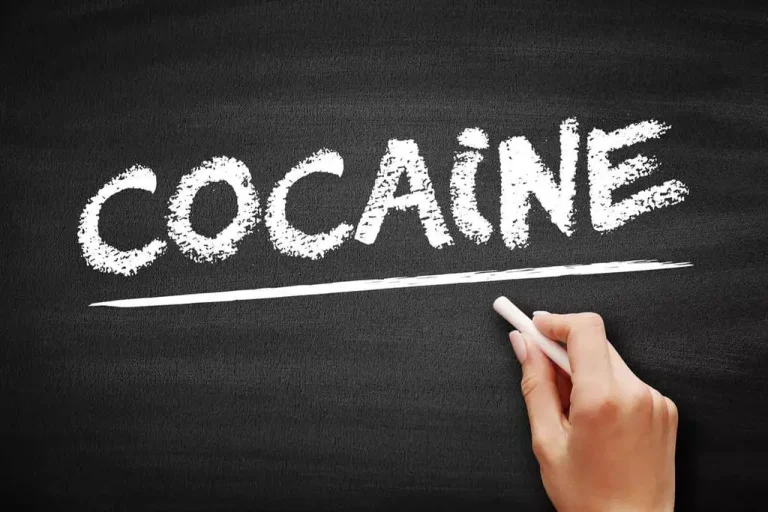Stages of Alcoholism: Early, Chronic, and End Stage
tecimob@tecimob.com.br

Those biological changes pave the way for the second stage, which is marked by a physical dependence on the drug. Drinking at this point isn’t about feeling good — it’s about not feeling bad and avoiding the uncomfortable sensations that accompany acute withdrawal. For drinking to be considered binge drinking, a male would consume five or more drinks within the space of two hours. Teenagers and young adults make up a large percentage of the binge drinking crowd. While many of them end their binge drinking behaviors as they grow older, some of them will progress to later stages of alcoholism. Early signs of alcoholism, or alcohol use disorder (AUD), include increased tolerance and dependence on alcohol.
Impact on your health
Yes, effective treatment options for early-stage alcoholism include behavioral therapies and support groups. Because this stage does not involve physical dependence, rehabilitation may not be necessary. There are different types of alcoholics, alcoholic https://ecosoberhouse.com/ personalities, and tolerances, but the health effects are the same, especially long-term. Prolonged and heavy alcohol consumption permanently changes brain chemistry. Identifying problems with alcohol early can help prevent dependence and addiction.
- As alcohol consumption increases, the liver adapts to break down alcohol more quickly.
- Outpatient treatment is less intensive than inpatient treatment or partial hospitalization programs.
- During treatment, you’ll be expected to attend sessions around three to four times each week.
- You may use options like counseling, support group meetings, and medication management to stay on track.
Patient Care Network
They haven’t reached a place where their health declined too far and they can make some extreme changes in their lives. Attending alcohol rehab at this stage will be incredibly beneficial. The pre-alcoholic stage occurs before alcohol is ever a real problem. It’s difficult to identify because alcohol has yet to cause any problems and drinking has not become compulsive. Even those in the pre-alcoholic stage are unlikely to recognize that their drinking may eventually progress into something serious. Throughout the following years, Jellinek conducted another study on a wider sample size which led to another piece.
- Those who find alternatives to drinking either stay in the pre-alcoholic stage or move away from drinking altogether.
- With the combination of professional alcoholism treatment and sobriety maintenance, recovery is possible for anyone.
- While end-stage alcoholism is a dire situation, it’s not a hopeless one.
- The final stage of the Jellinek Curve occurs when the person’s health stabilizes after they stop drinking.
Alcohol Disorder Self-Assessment Tool
After a long period of continuous heavy drinking, alcohol has contributed to the damage and deterioration of vital organs such as the liver, heart, kidneys, pancreas, and brain. Mental problems such as dementia or delirium tremens (DTs) occur, and they face an increased risk of developing cancer. It starts innocently enough, with an occasional drink—but before you know it, drinking becomes a habit that’s hard to control.

Copyright © 2024, AddictionHelp.com The information provided by AddictionHelp.com is not a substitute for professional medical advice. View our editorial content guidelines to learn how we create helpful content with integrity and compassion. Financial distress from job losses and loneliness due to damaged relationships are also prevalent in this phase. Finally, support groups, such as AA, can support the individual and give them a sense of accountability. Combining therapy with support groups can greatly improve your odds of success.

Here, we briefly share the basics about AUD, from risk to diagnosis to recovery. This article introduces a number of AUD topics that link to other Core articles for more detail. If you’re not certain how much you drink, consider using an app on your phone like Reframe. Use this app to count how many drinks you have and identify what tends to make you drink more. Treatment for AUD includes medication, therapy, and lifestyle changes. AddictionResource aims to present the most accurate, trustworthy, and up-to-date medical content to our readers.

Stage 2: Early Alcoholic
The first stage of alcoholism is characterized by general experimentation with alcohol. Often times, this occurs during a person’s teen years or early adulthood. Because these drinkers are new to alcohol and are unsure of their own limits, binge drinking is common. While these individuals may not be daily drinkers, they do consume large amounts of alcohol at once.

Clinical evidence suggests that the most common causes of relapse during this stage are neglecting self-care or not attending self-help groups. The mental challenge of this stage is not to let anything make you feel defeated. The abstinence stage typically 5 stages of alcoholism begins right after you stop drinking. The Jellinek Curve reminds us that addiction is not a life sentence but rather a treatable condition with a pathway to recovery. But it has since been adapted for drug use and other addictions like porn and gambling.
They outline the typical trajectory of alcoholism to reveal the steady decline from social to chronic alcohol use. Early-stage alcoholism is easier to notice than the pre-alcoholism stage. Your friend or family member in early-stage alcoholism will regularly binge drink or drink to the point of blacking out.
More on Substance Abuse and Addiction
- According to the National Institute on Alcohol Abuse and Alcoholism (NIAAA), recovery is a process that involves remission from AUD and quitting heavy drinking for good.
- If their drinking continues, though, and they keep drinking past a certain point, they’re showing signs of early-stage alcoholism.
- Theories suggest that for certain people drinking has a different and stronger impact that can lead to alcohol use disorder.
- Mood swings, depression and feelings of guilt and shame are common.
- Finally, support groups, such as AA, can support the individual and give them a sense of accountability.
The left half represents your descent from casual drinking to alcohol addiction. In this article, we’ll explore the various stages of the Jellinek Curve. Whether you’re seeking to identify your current stage or gain a deeper understanding of the recovery process, this will clarify the complexities of addiction. As the disease becomes more severe, blackouts and loss of control can happen. And the physical costs of excessive alcohol use become noticeable. These programs organize your treatment session based on your schedule.